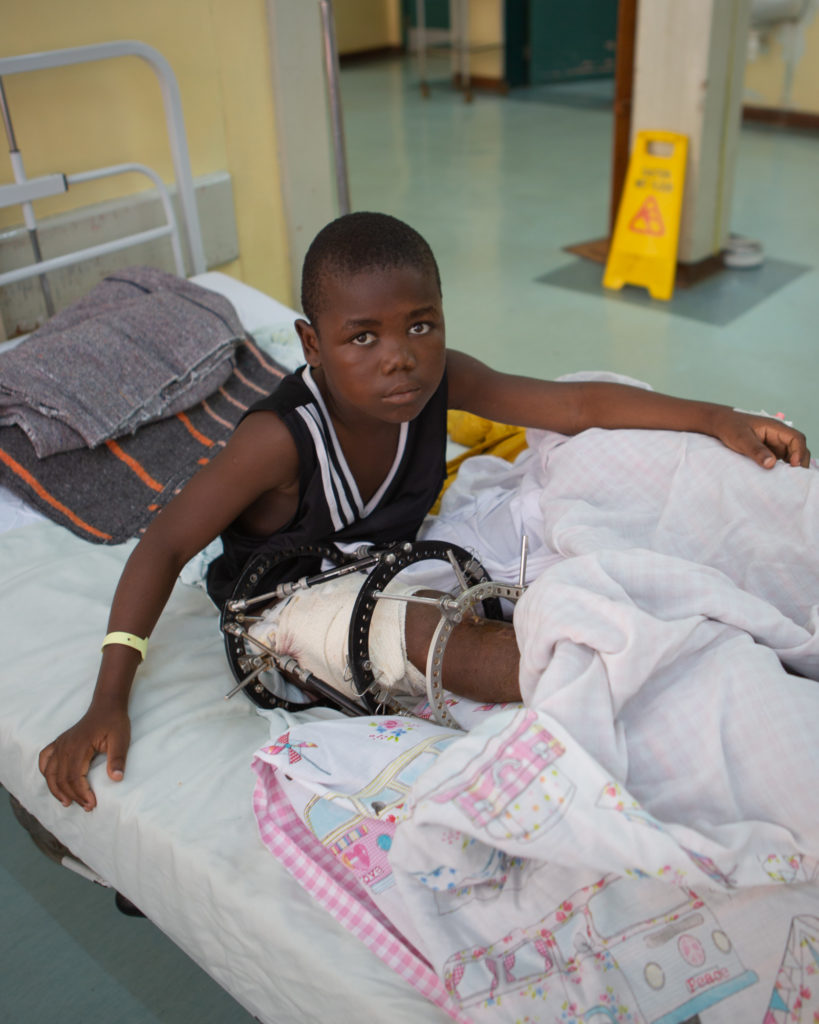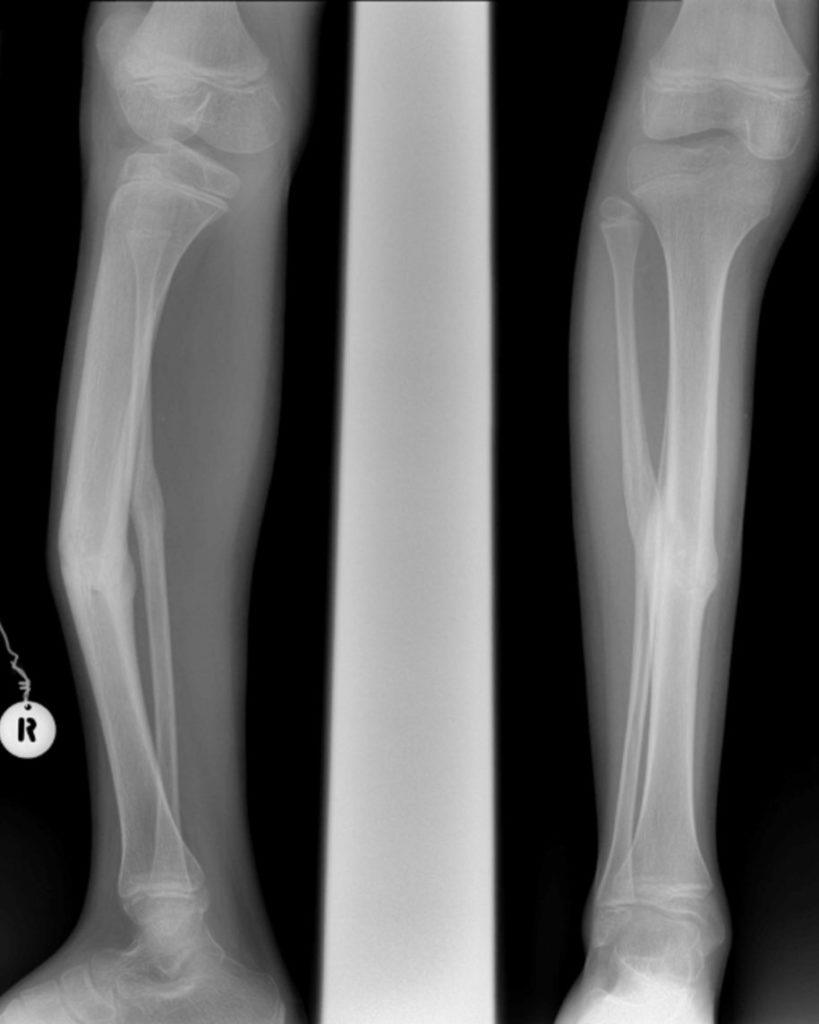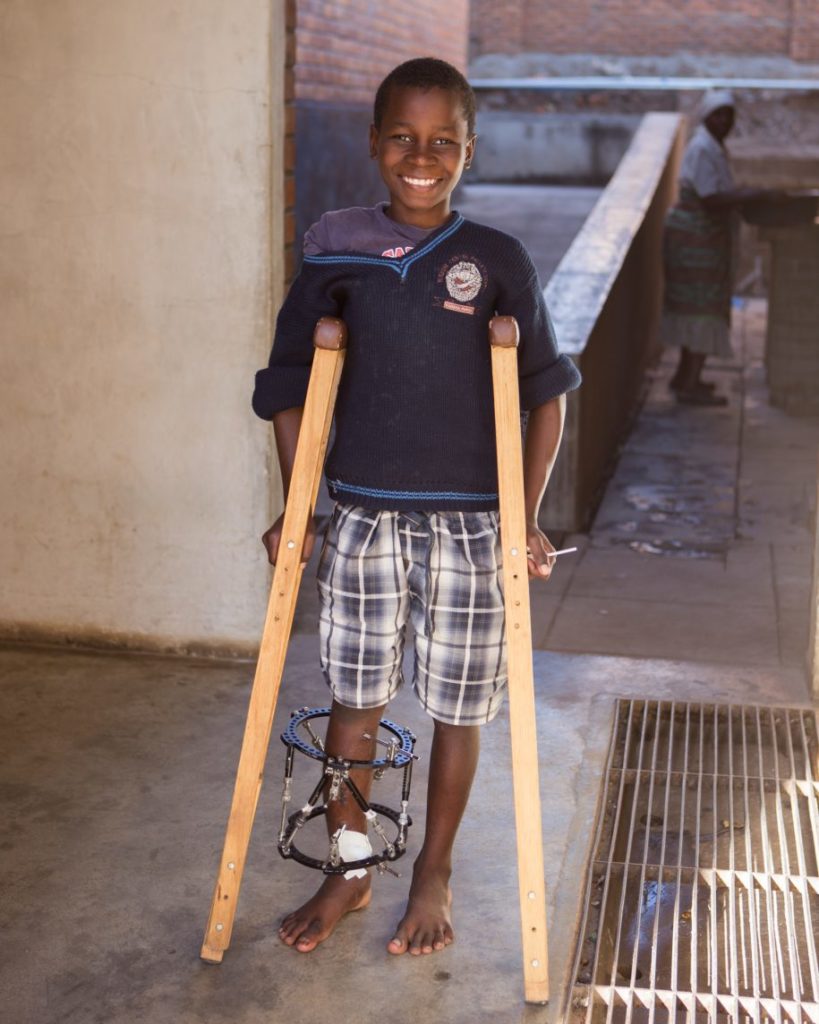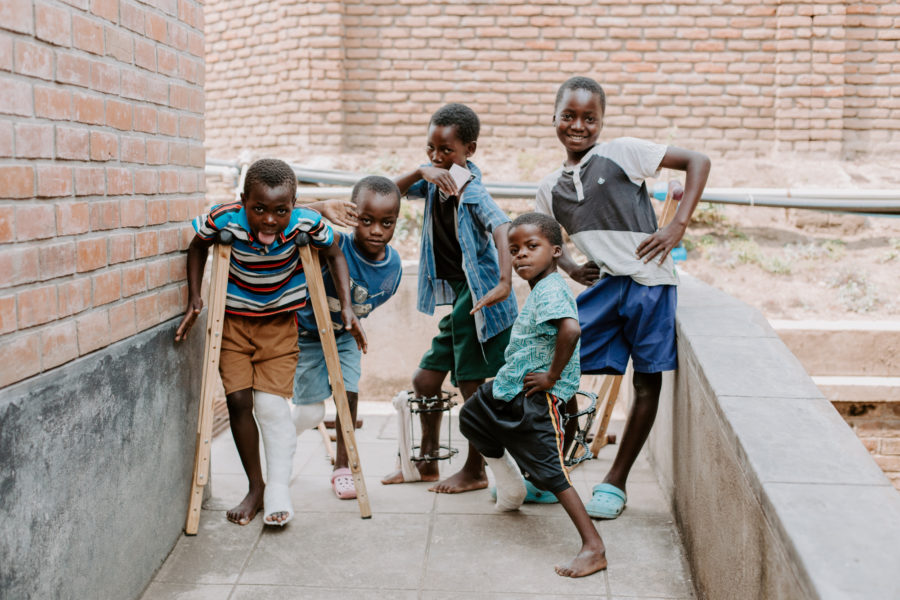Conditions we treat: neglected, broken bones
This blog is part of an ongoing series looking to explain the common conditions CURE treats in ways that all of us non-medical folk can understand.
Chances are you’ve either broken a bone before, or you know someone who has broken one of theirs. Broken bones are relatively common around the world, but access to help is not. Likely, the difference between your experience and those of the children we serve at CURE hospitals is your quick access to treatment. You go to the hospital, the doctor or surgeon sets your bone, you get a cast, and a few weeks later, your cast is removed, and you are healed. Access to healthcare isn’t always possible or affordable in the countries where CURE serves.
Many of the children we see with broken bones were involved in motor vehicle accidents, a rough tackle in a football game, or fell just goofing around with friends. At CURE Malawi, we also see accidents that are a little more unique to the country, like falls from mango trees or crocodile attacks. This was the case for Samuel.

Samuel was bitten by a crocodile while playing with his friends in the river. To find treatment, he was bounced between hospitals who either didn’t have the equipment or the ability to treat complicated broken bone cases. It took Samuel weeks to receive the proper treatment for a condition that should have been treated within hours. We’re happy to report that Samuel was successfully treated at CURE Malawi. Even as rough as he had it, he’s lucky compared to the experience of some other children.
Due to a lack of local specialised care and sometimes a lack of resources, children don’t receive treatment for their broken bones until years after the initial break occurred. As a result, the child lives with unbearable pain and discomfort. With time, the bone does eventually heal, but often it heals incorrectly and in an awkward position, causing even more problems.
Children with neglected, broken bones are often in pain and are unable to take part in activities they once enjoyed with their friends. Life at school often becomes difficult, and many children with neglected, broken bones are bullied and feel worthless. Understandably, the academic performance of a child facing this kind of abuse declines, and it’s not uncommon to hear of children with this condition dropping out of school.
The good news is that even when broken bones are neglected, they can still be treated! It’s more complicated than treating a freshly broken bone, but it can be done. The treatment often involves installing an external metal frame onto the child’s appendage. The pins from this frame are drilled directly into the bone during surgery, and for several months, skilled technicians slowly adjust the frame and pins until the broken bone is corrected.
Kennedy, as a preteen, suffered from a broken leg that healed incorrectly. While playing football with his friends, he fell and injured his leg. He told his family, but they did not understand that it was broken and thought it would heal on its own. A month later, they saw that the bone was protruding and took him to a local hospital and was referred to CURE Malawi for specialised treatment. Kennedy had a frame placed on his leg to straighten his bones and is now walking pain-free with straight legs.

Kennedy’s x-ray before surgery 
Kennedy after surgery
Correcting a neglected, broken bone can be a long and intricate process which means it is also an expensive process. For many families, this specialised treatment is an unachievable goal. But with your help and partnership, children in Malawi are receiving treatments they never thought possible. Bones are being corrected, and children are being restored to health.
Footnote: Article written by Thandy Dzimbiri, CURE Malawi Storyteller on Monday 15th March 2021
